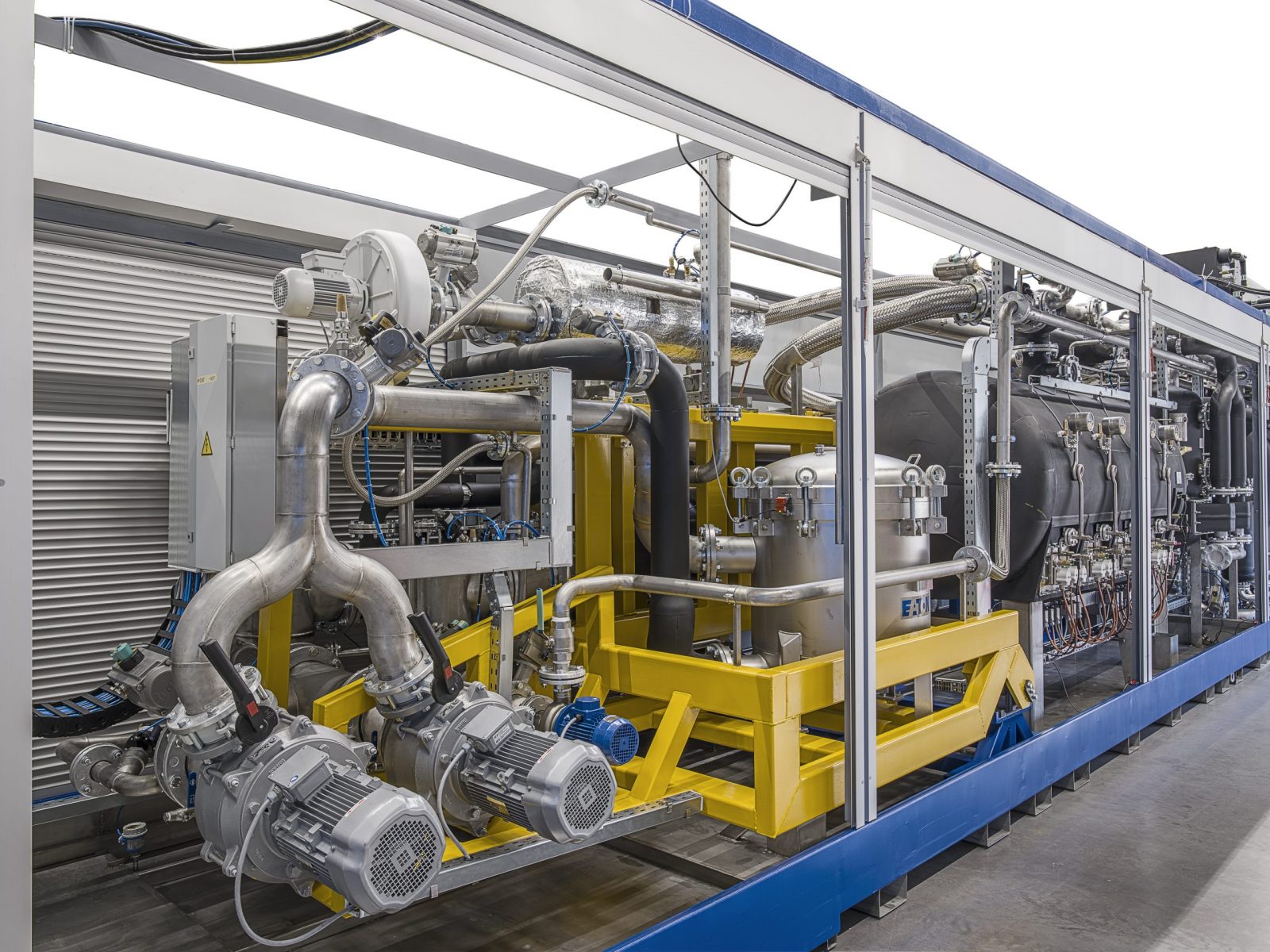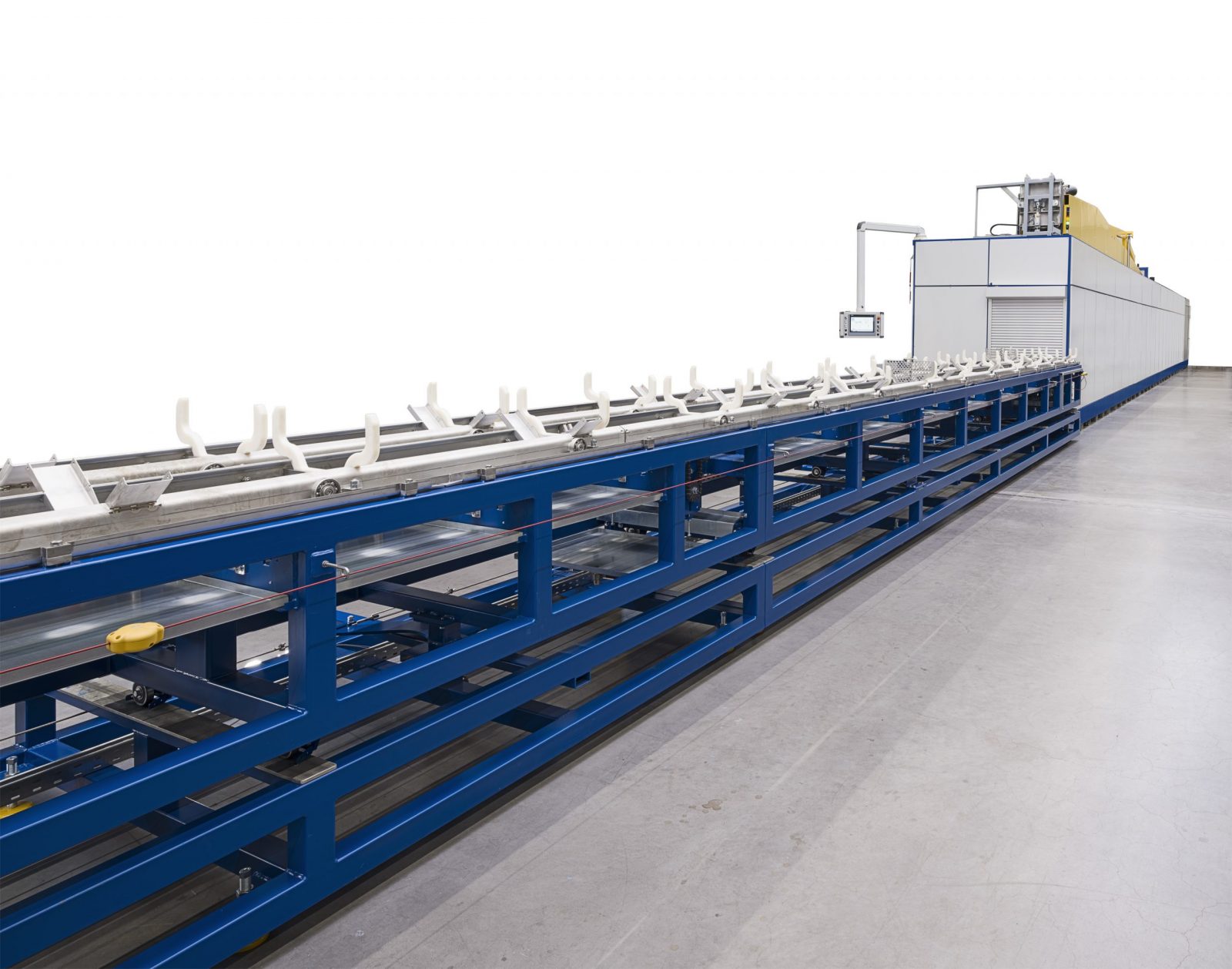HEMO Provides Cleaning System to Russian Manufacturer for Nuclear Applications
Based in Germany, HEMO is known as a supplier of top end cleaning systems (their banner ad can be found on the right hand side of this page). The company just released this press release about a system they provided to a Russian customer for cleaning SS tubes in nuclear applications;
“Low-particle cleaning of stainless steel tubes in lengths of up to 24 metres used in the nuclear industry cannot possibly be performed using standard systems. A Russian provider of such tubes had been looking for an appropriate solution when they came across HEMO, a company specialising in parts cleaning that provided them with a 60-metre long superlative cleaning system.
The persons in charge in Russia had been well aware that the cleaning of stainless steel tubes in varying lengths from 1 to a maximum of 24 metres with outer diameters from 4 to 30 millimetres would not be an easy undertaking. Little did they know that the mere search for a suitable system supplier would be anything but straightforward. In this case, however, the Russian provider’s excellent network had paid off so that the enquiry was finally received by HEMO, a parts cleaning specialist based in Ötisheim.
Enquiries from all over the world are everyday business for HEMO CEO Andreas Fritz. ‘Our export ratio is well above 90 percent, especially when it comes to our tube cleaning systems. As our systems can easily reach lengths of up to 80 metres, their design requires a lot of experience and know-how, especially where strict residual dirt specifications are to be met along with maximum throughput rates.’
Annual output: six million metres
And this is precisely what occurred in the case of the tube cleaning system for the Russian company. The aim is to deliver stainless steel tubes in premium European quality, which also includes compliance with clearly defined residual dirt specifications stipulating a maximum carbon residue level of less than 20 mg/m2. Furthermore, the system is required to achieve a high throughput: Every year, six million metres of stainless steel tube are to leave the cleaning line in a perfectly clean state of consistent quality.
With their VAIOCS systems, HEMO’s experts have repeatedly proven that it is easily possible to meet even the strictest residual dirt specifications. The demand for 20 mg/m2 can definitely be met. ‘But this was not the actual challenge,’ Andreas Fritz points out. ‘Such tasks are nothing out of the ordinary for our hybrid VAIOCS systems. They can combine any watery and solvent-based cleaning sequences. In this particular case, however, it was necessary to meet the tube cleaning specifications with a trimmed-down version of our system technology. In order to be able to work as sustainably, as economically and as quickly as possible, this version would have to do without a separate watery cleaning cycle.
But let us get straight to the point: These ambitious goals could actually be put into practice. One look at the 60-metre long Mild Hybrid VAIOCS system shows how this was possible. The name “Mild Hybrid” signals that we are not talking about a conventionally combined system with separate tanks for watery and solvent-based cleaning agents. In fact, this version works without the tank for the watery cleaning agent and thus without an essential cleaning cycle. Water is a medium that does not come into play until the end of the cleaning cycle, namely during the final rinsing process with water vapour.
Overview of the Mild Hybrid cleaning process
The complete cleaning process performed by this system is split into four steps. First of all, the treatment chamber is flooded with approximately 6,000 litres of hot solvent. Once this type of immersion cleaning under vacuum has been completed, the solvent – a mixture of zero-halogen hydrocarbon and modified alcohol – is fed back into the flood tank through a filter unit. Vapour degreasing is the next step, which is in turn followed by the above-mentioned water vapour rinsing cycle. The final step involves intense drying. As is the case with conventional HEMO systems, all cleaning processes are performed under vacuum according to the familiar VAIOCS principle.
But there are two additional technical highlights that contribute significantly to the system’s exemplary cleaning quality: Not only is the system supported by ultrasonic technology with an output of 24 x 2 kW, but it also comes with the possibility to tilt the treatment chamber by four to ten degrees. The parts basket can thus be placed in an inclined position, which makes it possible to clean the inside of the tubes in a far more efficient way. In conjunction with high-performance pumps, it is furthermore possible to perform ultrafast emptying and filling processes – an essential prerequisite to ensure that the cleaning process can be completed within a very short time.
In order to be able to provide their Russian customer with a maximum degree of system flexibility, HEMO’s engineers put an idea into practice that is as simple as it is brilliant. Stainless steel section separators make it possible to divide the 24.5-metre long treatment chamber into segments of different sizes. Thus, the system can be used efficiently with any tube lengths between 1 to 24 metres.
The tube cleaning system has successfully passed its practical test in Russia, meeting every single aspect of the expectations that had been placed on it. With a maximum batch weight of 3,000 kilograms and depending on the preselected programme, the cleaning process takes between 60 and 120 minutes. ‘We can meet both the residual dirt specifications and the output agreed upon. Apart from that, the Mild Hybrid system emphasises how economical, sustainable and efficient parts cleaning can look like today,’ Andreas Fritz concludes.
Did you like this article? Click here to subscribe to The Monty.
View our recent magazines and podcasts by clicking the following link. https://themonty.com/magazine/


